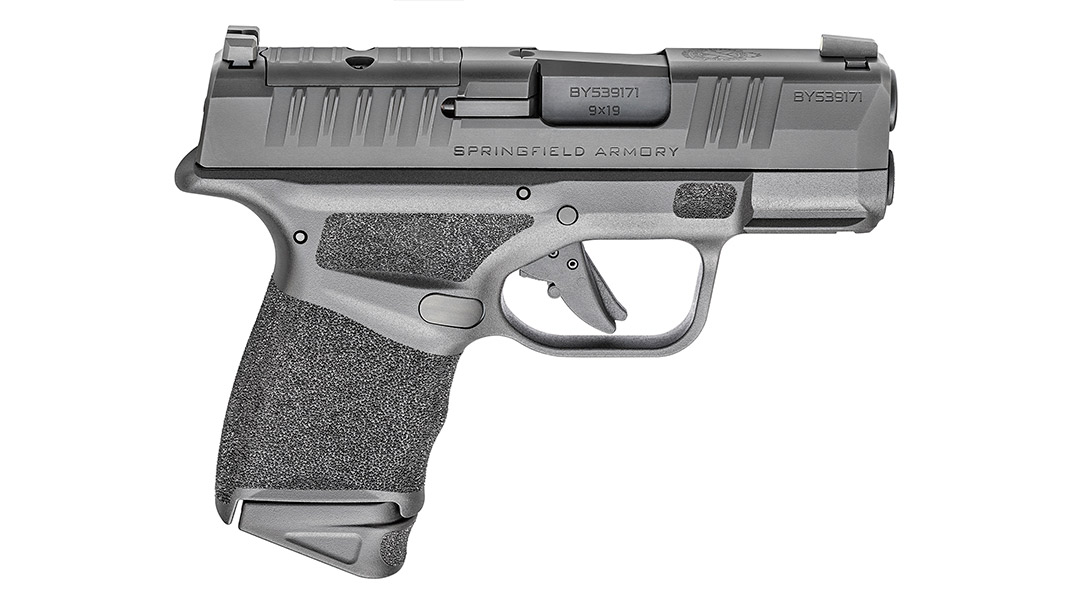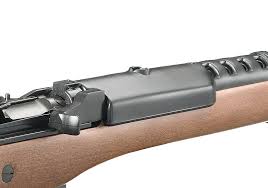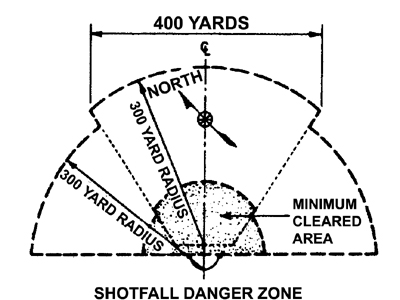
Many gun owners ask about the difference between bullet diameters of mm and in inches. However, caliber designations are not always accurate to reflect bullet sizes. Learn about the different ways bullets are made, how they work, the power of different weights, as well as other factors that can affect the diameter of bullets. You will also learn about different types and their respective ballistics. Finally, the article will explain why caliber descriptions don't always give accurate information about bullet diameters.
Caliber designations don't always describe bullet sizes
Caliber designations are used to describe the size of bullets and cases. However, they do not necessarily indicate how large the bullets will be. Calibers can be described in inches but the actual measurements may differ in certain cases. This is because bullet casings are often larger than bullets. The most commonly used calibers are still 9mm to 6.5mm and then 6.5mm to 6.5mm. In any case, you should understand how to identify the caliber of a bullet before buying one.
While "super", "magnum", and "super", both refer to bullet sizes, these words are not always used in the same context. To illustrate, the ".357 Magnum" bullet is a bullet that has a diameter similar to that of a special ".38 special". However, the ".357 magnum" cartridge actually contains more gun powder, and hence produces more projectile energy. Although this may seem confusing at first, "magnum", as it is commonly used in self defence scenarios, is very useful.

Various methods of creating a bullet
Making bullets is an intricate process. Some bullets are made by casting, while others require multiple steps. A jacket is usually made up of several pieces that are joined together or cast together by using multiple methods. Casting is the most popular method. The first step involves melting the metal and pouring it into the mold. The bullet is then revealed by opening the mold. Forming bullets requires the removal of imperfections and the addition of a hollow point, if desired.
Bullet points can be used for highlighting key features in an issue. They can also be used to indicate key features of an issue. Bullet points are useful for highlighting key features of products or services. A bullet point is a great way for a long list to be more easily read. If you're writing a white paper, try creating a bulleted list first. To emphasize key points, bullets are a good option once you have compiled your list.
Different bullet weights can have different ballistics
When shooting a firearm, you should know about the ballistics of different bullet weights. Heavy bullets tend to carry more energy and keep it further downrange. However, they also have a tendency to drop more once they leave the muzzle. This might seem like a big difference and should not be a concern. For defensive purposes, heavier bullets are more likely to hit the target because they travel slower.
For most shooters, bullet weight is an afterthought, or it may not even be an issue. It doesn't matter what caliber you use. But what about terminal and kinetic ballistics. The bullet weight has an impact on speed, accuracy, as well as terminal ballistics. Trying to cover it in a single article would not be helpful. This article will not be a complete guide to bullet mass, but it will give you an overview of what to expect.

Other factors can also affect bullet diameter
While bullet diameter plays an important role in rifle design, it is also important to take into account other factors that may affect the performance of the weapon. The sectional density, which measures the ratio of frontal mass to surface area, is one of the most important. The bullet's sectional densities increase with increasing bullet diameter, and are proportional to their mass. A bullet's sectional density is proportional to its mass. A bullet with a longer nose has a higher sectional density. A bullet with a smaller nose has fewer BC.
FAQ
How much does hunting cost?
A hunting trip costs different depending on where you live and what kind of wildlife you want to hunt.
In general, a two-person hunting party will cost between $500-$1,000 per head. This includes accommodation, food as well as equipment, licenses and gas.
Certain areas have higher prices than others. If hunting is planned during peak seasons (e.g. fall turkey season), expect to pay higher prices.
The U.S. Department of Agriculture (USDA), estimates that about 1 percent of hunters kill deer each year.
USDA estimates that 6.5 Million Americans hunt deer. Of these, only about 2.2 million actually shoot one.
This means that about 0.6% of hunters kill a deer each season.
What is the reason that so many hunters hunt in America today?
Hunting is a fun activity that both men & women enjoy. Hunting is a challenging sport that requires skill, dedication, and perseverance. Hunting isn’t only for those who love guns and shooting. Many people love the outdoors because it is a way to connect with nature. They enjoy being in the woods alone, learning about wildlife, and spending time in solitude.
Hunting can be a great way for friends and family to bond and learn valuable skills like patience and teamwork.
Hunting often makes hunters feel more at home outdoors. Many people are drawn to this hobby.
Many hunters enjoy hunting for the experience of being closer to nature. Hunting provides a unique opportunity to observe wildlife up close. It allows you interact with wild animal without disturbing their natural habitat.
Hunting also gives people a chance to practice their aim and sharpen their skills. When you first start, it may take some time before you can hit your target. You will soon learn your shooting style with practice.
Hunting can also be a way for people to keep fit and healthy. Hunting is one of the best ways to keep yourself physically active. To reach your prey, you will need to walk long distances. This will increase your heart rate and help you burn lots of calories.
Hunting is also a great way to get some fresh air. You can feel relaxed from the smell of gunpowder.
Hunting can also be a way to bond your family. The hunt can also be shared by family members as a way to tell stories and share experiences. They can also learn from each other and share new techniques.
Hunting is fun! There's nothing better then getting out of town and heading into the wilderness.
If you're interested in becoming a hunter, there are plenty of opportunities available. Participating in this hobby doesn't require you to be wealthy. You don't even need any special equipment. All you need is a desire to spend time outdoors and a willingness to learn new things.
You can join local clubs or search the internet for information about hunting.
How many Americans rely on hunting?
The United States is home to more than 300 million hunters. This means that there are almost twice as many hunters in America than people who live in New York City.
Hunting is an American pastime that dates back centuries. Today, however, hunting for sport is less popular than ever. According to the U.S. Fish & Wildlife Service (FWS), only 2 percent of the population hunts regularly. Even lower is the number of young adults who hunt regularly.
Hunting is still popular among older generations, even though it may seem old-fashioned. Recent research found that 68% of boomers plan on hunting again when they retire. Hunting is a way for them to connect with the natural world and enjoy the outdoors.
Younger generations may not consider hunting a priority. According to the National Shooting Sports Foundation 18% of millennials are avid shooters.
FWS works hard to ensure that America's wild places are accessible to all.
To raise awareness about public lands in the country, the agency launched the "Wild Lands” campaign in 2014. The goal is to educate people about the importance of preserving these areas and encourage them to visit them.
Conservation efforts are also encouraged through the Wild Lands Program. FWS and National Rifle Association partnered to create Project Gunter, which is a youth shooting sports program. This program teaches children safety with firearms and helps develop skills like marksmanship, safety, and shooting.
Project Gunter has expanded to include women of all races and minorities. The result is that more children learn how to shoot guns, and are active participants in wildlife conservation.
What are my hunting needs?
To hunt well, you need to be able understand how the animal moves and its habits. Also, learn how to avoid getting hurt.
It is important that you are familiar with your state's hunting laws. Some states allow certain types, while others prohibit hunting completely.
Other factors include weather conditions, terrain, and the type of weapon you use.
You should decide if you would like to hunt with friends or alone when you make the decision to pursue this hobby.
Hunting is something that most people prefer to do with their friends. This is because it allows you to concentrate on your goal. It is possible to miss your shot if all you do is stand by.
Hunting requires planning. To hunt at the best places, you will need to plan.
Prepare your weapons as well. Before leaving home, you should clean your guns and check if they are working properly.
Proper clothing is essential when hunting. Always dress appropriately for the weather.
It is important to ensure that you have enough food and water. You should also carry extra ammunition and supplies just in case something happens.
You should never leave anything unattended. It could get lost or damaged.
When you are ready to start hunting, you should choose a safe location that has no predators nearby.
You must follow all the regulations set out by government. These regulations protect both wildlife, and humans.
What if I don't have a hunting license?
Yes, hunting is legal without a license. However, this means you are breaking the law.
You could face fines and even jail time.
Some states allow residents to hunt without a license. For more information, contact your state department or natural resources.
Statistics
- Over the past 50 years, the number of hunting licenses in California has been on a rapid decline, falling 70% from more than 760,000 in the 1970s to under 268,000 in 2020—even as the state's population has skyrocketed, according to The Mercury News. (stacker.com)
- In less than 20 years, Rhode Island saw a 40% drop in the number of hunting licenses for residents, according to The Valley Breeze. (stacker.com)
- Less than 1% of Hawaii's population has a hunting license. (stacker.com)
- - Percent of residents with paid hunting licenses: 0.7%- (stacker.com)
External Links
How To
How to hunt wild Ducks
Decoys are the most popular way to hunt wild ducks. Live decoys are the best way to hunt wild ducks. They should be placed at a distance away from your blind, so you can view them from afar. Windy conditions are a bad time to hunt as the birds can quickly disappear. You should also avoid hunting with other hunters as they may scare some birds.
When hunting wild ducks, make sure you know how many birds you want to shoot. You shouldn't shoot if you don't know the type of bird you are shooting. You must ensure you have enough ammunition so you can take down as many birds or not.
If you do end up killing a lot of birds, you'll want to clean and prepare the meat before eating. Because the meat dries quickly once it is cooked, it's best to prepare it immediately. Once the meat is cooked, remove any bones and feathers.
Wild ducks can often be found close to water. However, they may also be seen flying through fields and woods. They are often low-flying, making them easier targets. You should keep your duck hunting adventures secret until you can get close enough for a shot. You should be quiet and patient while you wait for the chance to shoot.